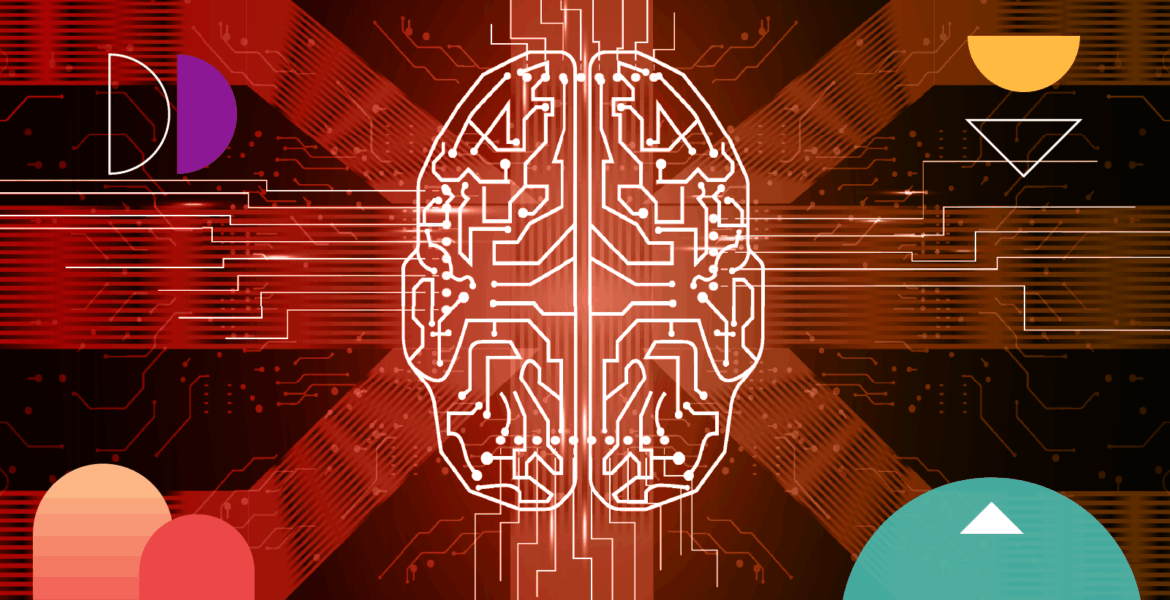By J. Brooks, founder and CEO, GlassView
With OpenAI chief Sam Altman reportedly backing brain-tech startup Merge, brain-computer interfaces (BCIs) have moved from niche experiment to a race between two of Silicon Valley’s most powerful figures. Elon Musk’s Neuralink has already shown what’s possible, with a paralyzed patient moving a cursor using only his thoughts.
Marketers should be paying attention. BCIs don’t just represent a medical breakthrough; they open the door to clearly readable emotional signals that could become advertising’s most valuable data set, transforming how we measure engagement and evaluate media and creative.
This isn’t science fiction. Emotional responses to everything from ad campaigns to sports events are already being recorded and mapped, laying the groundwork for a neural currency.
The opportunity is vast, but it will only be viable if the industry builds an ethical framework from the outset.
Understanding what drives an action
The tools marketers use today tell us what people did: whether they clicked, viewed or scrolled. Newer attention metrics try to go deeper, but even they only confirm that an ad was visible. What none of these reveal is the emotional undercurrent driving the response.
That’s the promise of BCIs. Neural signals can show patterns that correlate with joy, fatigue, stress or anticipation — factors that shape decisions but rarely show up in a survey or focus group.
Over time, those signals could allow marketers to move beyond surface-level exposure to understand how campaigns are actually landing on an emotional and, perhaps, subconscious level. A neural atlas of emotion and cognition could connect what people feel with what they ultimately do: whether they book a trip, buy a product, or build trust in a brand.
Where attention metrics stop at whether an ad was seen, a neural atlas could explain why it resonated — or didn’t.
The marketing potential
In practice, BCIs could shift creative testing away from recall scores toward live neural feedback, highlighting which stories genuinely resonate before budgets are committed.
Media planning could become more precise by showing the exact point where repetition tips from building recognition to causing irritation.
Personalization might also evolve. Instead of targeting identity profiles, campaigns could adapt to context: people in a nostalgic frame of mind could receive different messaging than those anticipating what’s next.
And as generative AI becomes embedded in creative workflows, the ability to train models on real human responses could shape more emotionally attuned outputs.
The ethical and practical hurdles
The promise of BCIs is immense, but so are the risks.
Brain data is the most intimate form of data we can access. Any attempt to apply it commercially without explicit consent would invite immediate backlash and violate privacy. Even with consent, there is the risk of overclaiming what the signals mean. Neuroscience is complex, and translating brain activity into actionable marketing insight requires caution.
Regulators are already circling. China has issued ethical guidelines and ambitious BCI goals, while several U.S. states have drawn up bills to regulate the data collected from BCIs. This will not be a repeat of the cookie era, where advertisers exploited loopholes until rules caught up.
There are also hardware constraints. Neuralink’s progress has relied on surgery, while Merge and others are working on non-invasive approaches still in early development. Mass adoption depends on whether those solutions become practical and accessible.
Preparing now
Marketers don’t need to wait for BCIs to hit the mainstream to start preparing. Emotional data is already available through tools like brain monitoring headsets, facial coding and biometrics. Experimenting with these methods now can help teams build processes, learn how to interpret signals responsibly, and shape the future of the industry as BCIs scale quickly.
The bigger shift is mindset. Generative AI is grabbing attention, but the companies that thrive in this era will be the ones that pair artificial intelligence with genuine human intelligence. Asking not only “did someone see this ad?” but “how did it make them feel?” is the first step.
The bottom line
Whether neural data powers more relevant, empathetic campaigns or sparks a new wave of mistrust will depend on the standards we set.
BCIs are not just another line in the tech hype cycle; they may become the sharpest lens we have on human decision-making. The question is whether marketing will be ready to use it responsibly.








